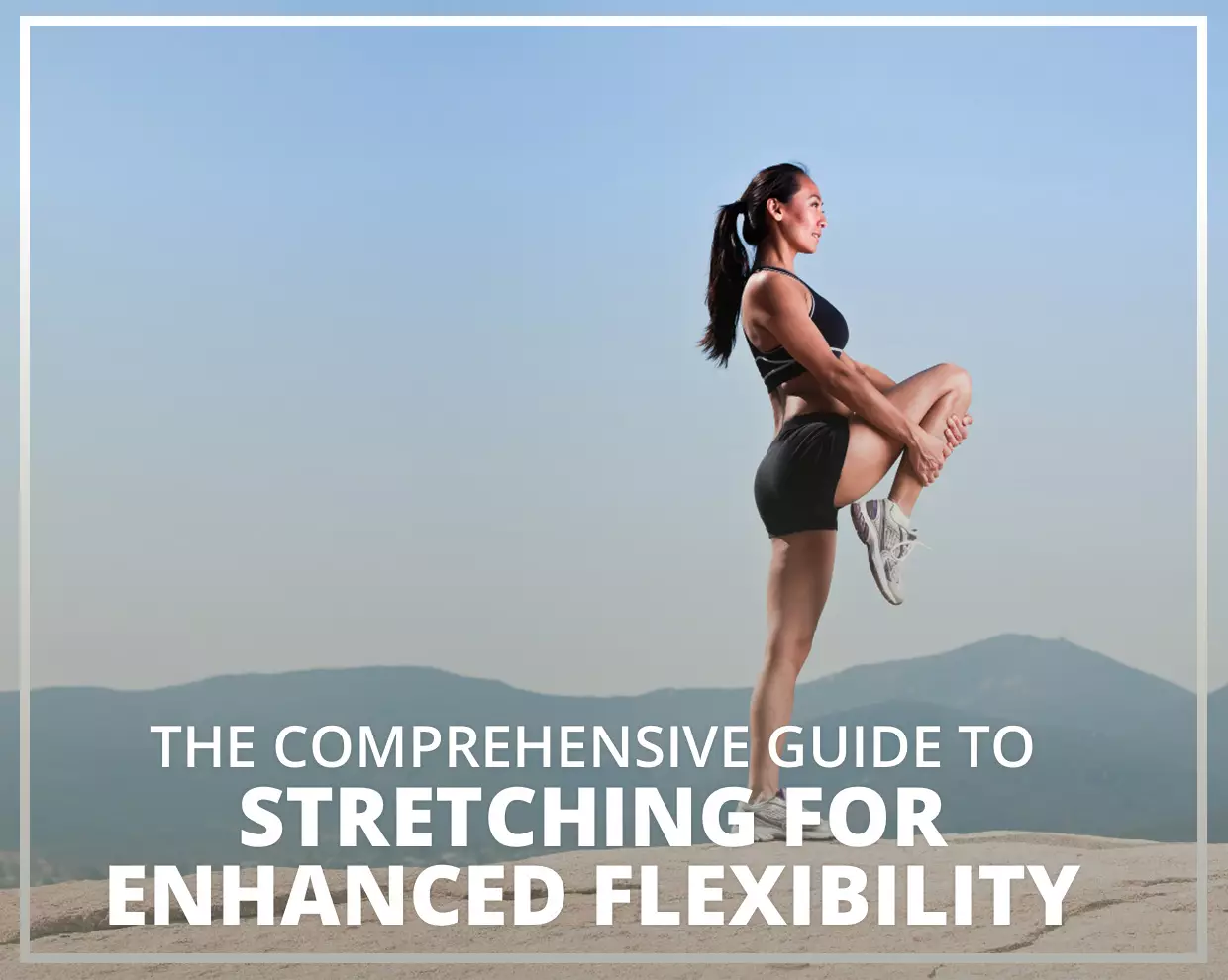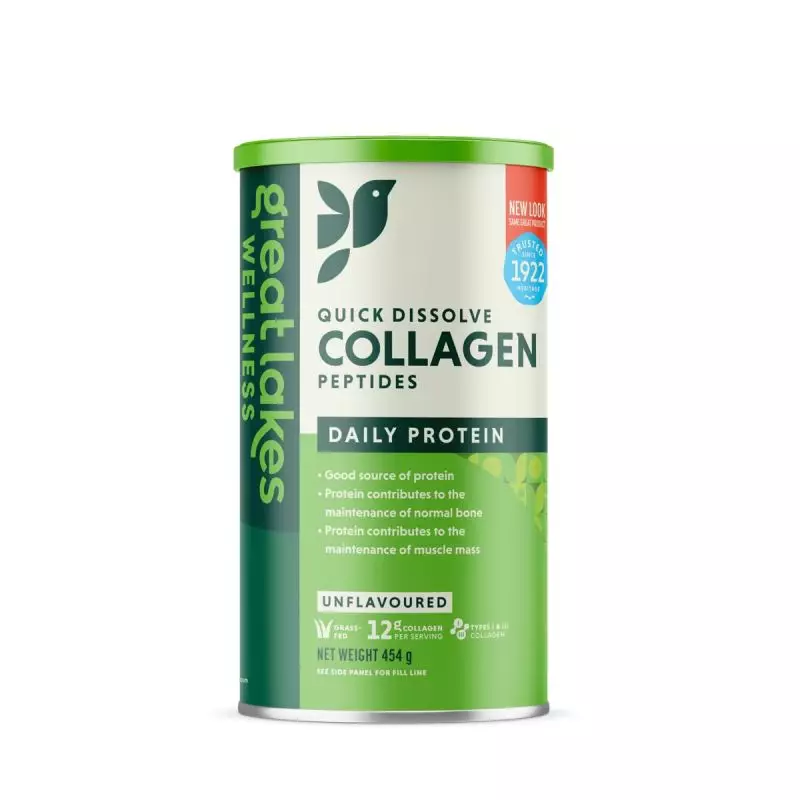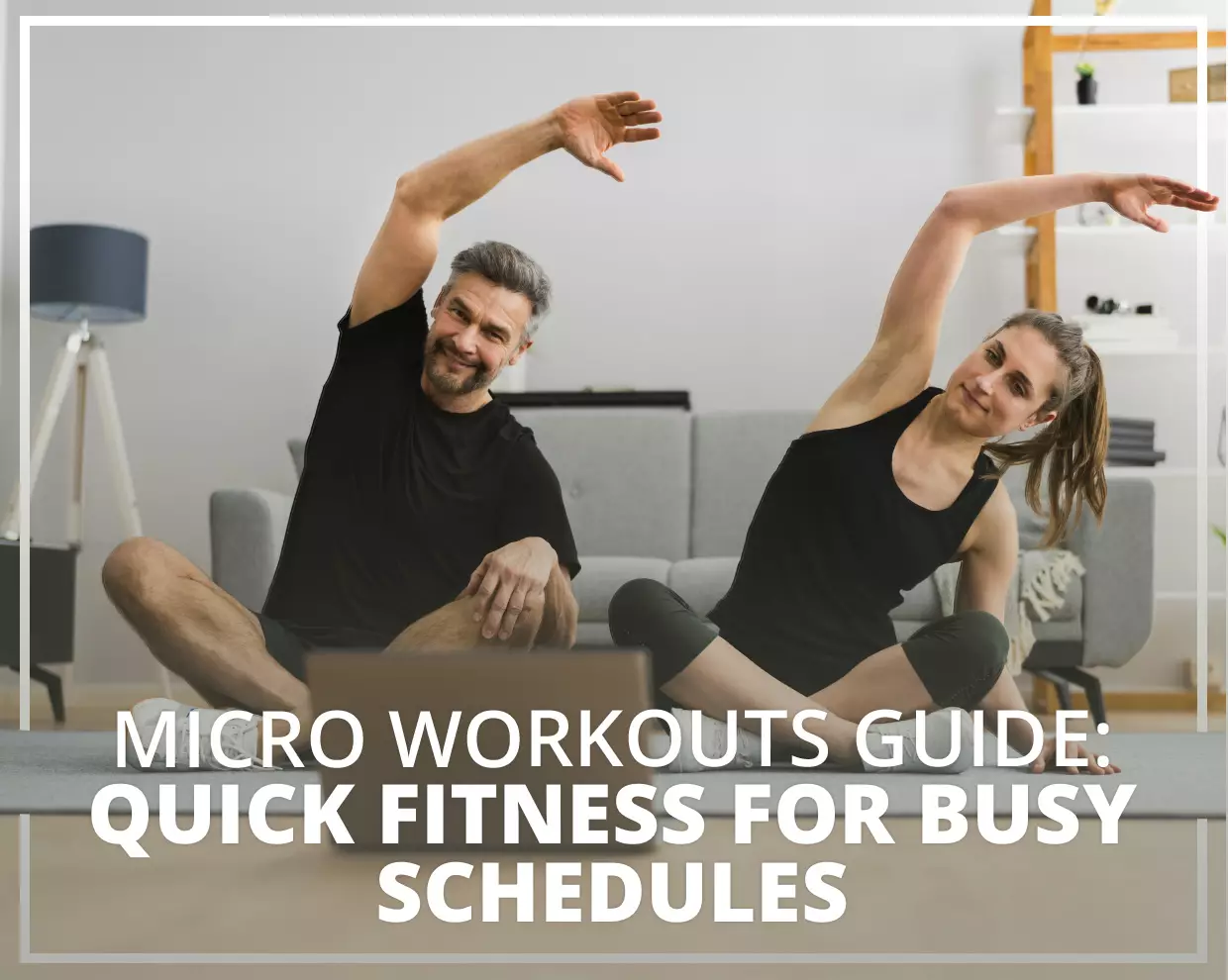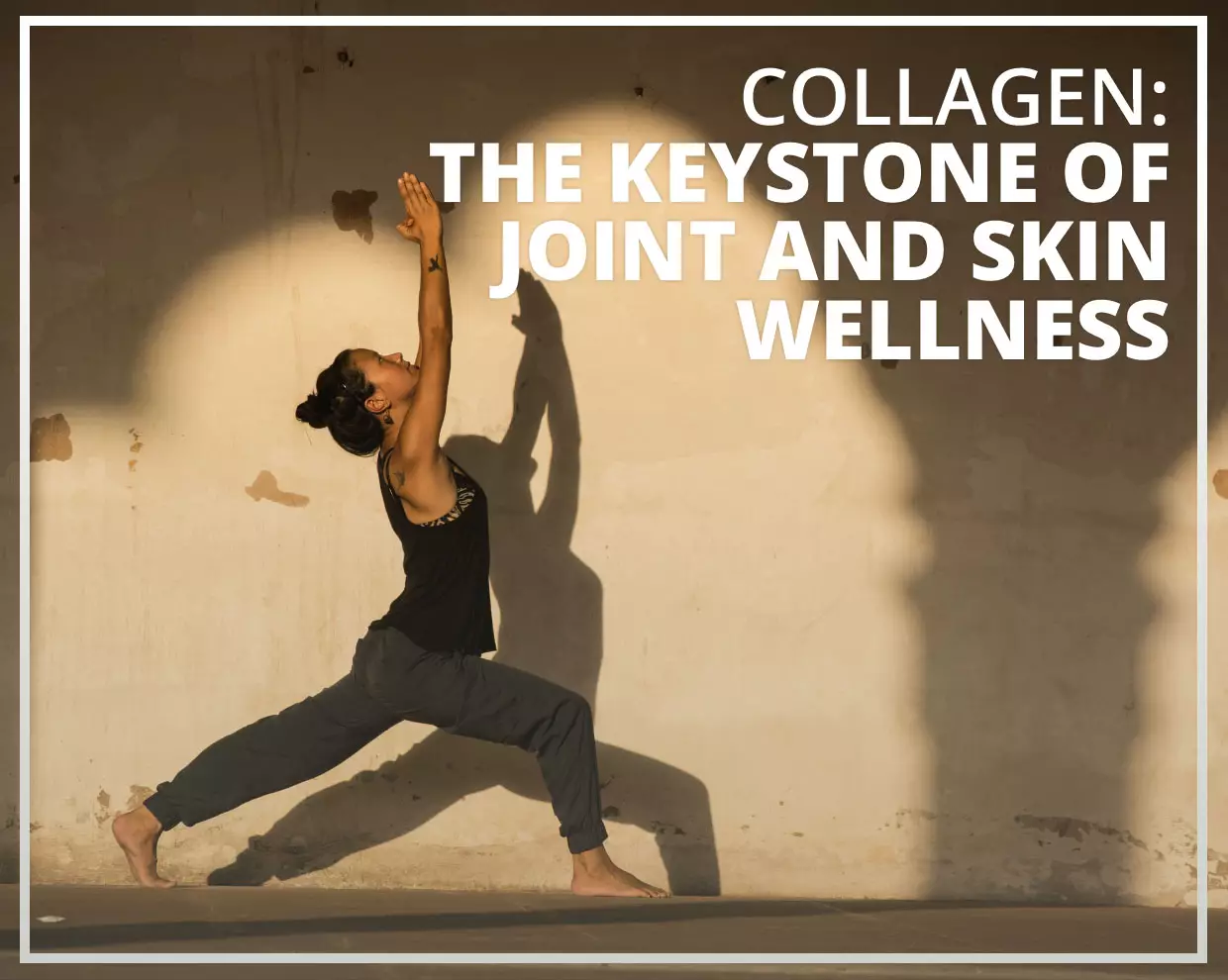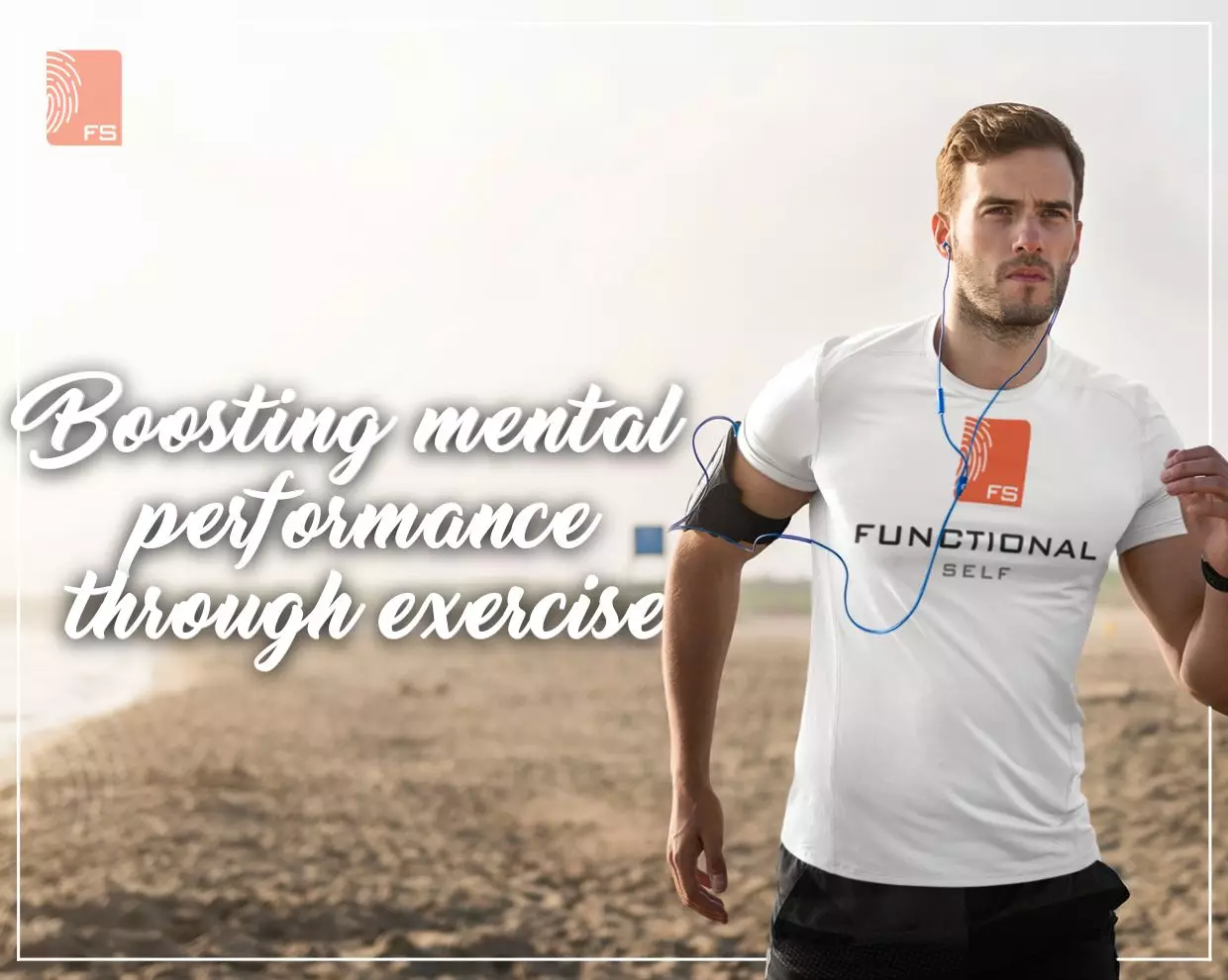Whether you're an experienced athlete or just embarking on your fitness journey, incorporating stretching into your workout regimen is essential. Stretching is not only crucial pre- and post-exercise, but it's also beneficial at any time to improve flexibility. Post-workout stretching is particularly effective as your muscles and joints are already warmed up.
This guide is designed for anyone looking to start or maintain a flexibility routine, regardless of their fitness level. The stretches outlined here aim to alleviate tightness, prevent injuries, and accelerate recovery after workouts.
For those serious about enhancing their flexibility, consider exploring a structured six-week stretching programme. Such programmes, accessible to all fitness levels and requiring no special equipment, teach a variety of movements that can be integrated into your daily routine or regular workouts for long-term benefits.
Understanding Different Stretching Techniques
There are two primary types of stretching: dynamic and static. While they may appear similar, they have distinct differences.
• Dynamic Stretching
Dynamic stretching involves full-range movements and is typically used to warm up muscles and joints before exercising. It's often confused with active stretching, where muscles are flexed and fully extended without additional force, holding poses rather than incorporating movement.
• Static Stretching
Static stretching, in contrast to dynamic stretching, involves extending muscles and holding them for a period. These stretches are best-performed post-workout to help lower body temperature.
How to Stretch Effectively
Stretching Before a Workout
Pre-workout stretching is crucial as it prepares your joints and muscles for intense movement or impact. Skipping this step could shock your muscles, potentially causing injury or leading to tightness and restricted movement.
Stretching After a Workout
Post-workout stretching is just as important but is often neglected or rushed. Proper stretching after a workout not only increases flexibility and reduces injury risk but also helps lower your core body temperature, especially after high-impact, intense workouts.
Beginner's Stretching Routine
When you start your stretching exercises, it's best to establish a routine for consistency. You might find it beneficial to stretch first thing in the morning to alleviate stiffness or at the end of a workday to relieve tightness from sitting. Here are some effective flexibility exercises to incorporate into your routine:
- Runner’s Stretch
Start in a kneeling position, straighten the front leg, and place hands on either side of your calf on the floor. Ensure your spine is aligned with your stomach. Hold for 30 seconds on each side.
- Hip Flexor Stretch
Begin in a kneeling position, straighten the back leg, lift your heel off the ground, and place the opposite hand on the floor. Twist to open your body towards the front leg, lifting your arm and gaze upwards. Hold for 30 seconds on each side.
- Hip Flexor Stretch & Spine Rotation
Follow the steps of the Hip Flexor Stretch, but also engage your glutes to maximise the stretch. Feel the length in your spine as you rotate your upper body for the twist. Hold for 30 seconds on each side.
- Glute Stretch
Extend one leg towards the ceiling, bend the other leg, and rest it on the extended leg with the foot outside. Pull the back of the straight leg towards your chest to increase the stretch. Hold for 30 seconds on each side.
- Side Stretch
Extend one leg to the side and tuck the other across the midline. Bend sideways over the extended leg while keeping your shoulders stacked. Hold for 30 seconds on each side.
Support Bone and Joint Health
In addition to a regular stretching routine, taking care of your bone and joint health is crucial for overall fitness and well-being. Functional Self offers a range of products specifically designed to support and protect your skeletal system. Here are a couple of their top products that can complement your stretching exercises:
1. Great Lakes Wellness - Collagen Peptides (Hydrolysate)
Collagen is a vital protein that plays a crucial role in the health of our bones and joints. Great Lakes Wellness Collagen Peptides, available in a hydrolysate form for easy absorption, can be a great addition to your diet. Regular intake of collagen peptides may support joint health, body strength and flexibility of bones.
2. Great Lakes Wellness - Unflavoured Beef Gelatin
Beef gelatin is another excellent product for joint and bone health. This unflavoured beef gelatin from Great Lakes Wellness provides a natural source of amino acids, which are the building blocks of proteins. Incorporating beef gelatin into your diet might help in maintaining healthy joints and bones, especially beneficial for those engaging in regular physical activity.
Incorporating these products into your daily routine, along with a consistent stretching regimen, can be a holistic approach to maintaining flexibility and supporting bone and joint health. Remember, a balanced approach to fitness involves both physical activity and proper nutrition. Explore these products and more to find the right fit for your health and wellness needs.
Step into a world where fitness meets functionality, and start transforming your exercise routine today!

 AU Store
AU Store  UK Store
UK Store NZ Store
NZ Store EU Store
EU Store

